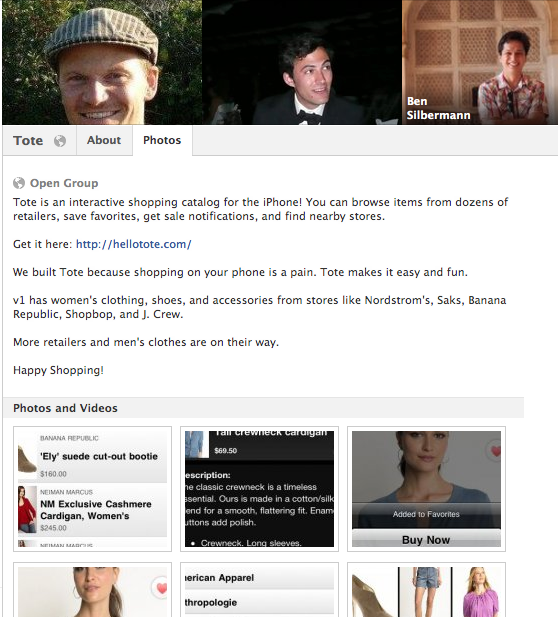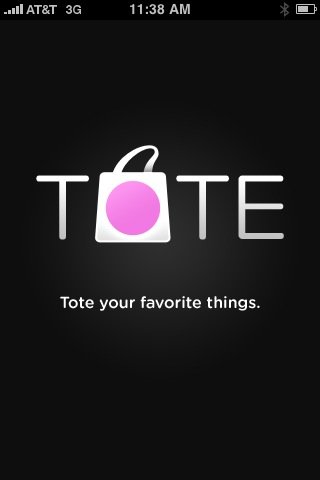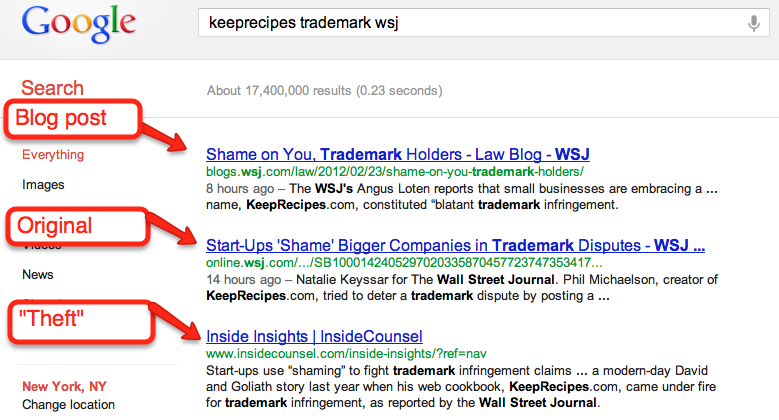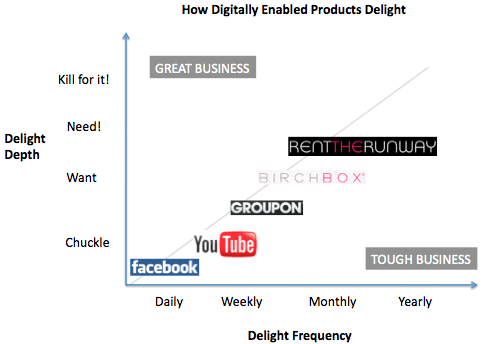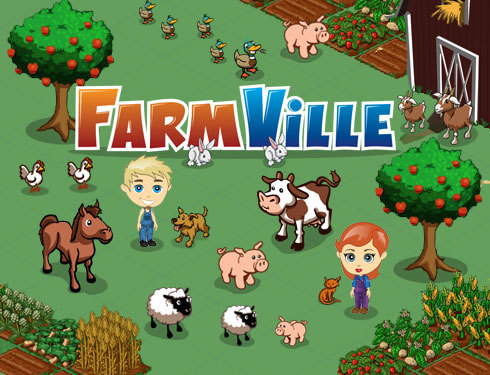Earlier this week John Doerr, an investor in Google, Amazon, and Intuit, said Zynga is the fastest growing venture he’s ever been a part of. Zynga’s flagship game, FarmVille, has 3 times the reach of Twitter. FarmVille has 71 million active users while Twitter has around 22 million active users (Twitter has 110 million registered users, of which an estimated 20% are likely active). Perhaps more impressively, Zynga is estimated to generate $50 million in revenue from the most engaged members who buy virtual goods and keep up a toolbar.
Every web experience designer can learn from the tactics deployed in FarmVille to engage members over the long term. Here are 8 tactics you should include:
1. Reward users for returning in a short time period. Every website visitor is going to leave at some point. But why will they return in 24 hours? FarmVille is centered around planting and harvesting crops. The shortest time a new user can harvest a crop in is 4 hours. So on the first experience, FarmVille says: “Go away and come back in 4 hours”. How bold! In order to make progress in FarmVille, you need to go and come back. The site also has functionality that you can only use once per day (e.g., giving gifts to friends), further encouraging you to go and come back.

2. Reward users for helping friends every day. When you give a gift to a friend on FarmVille, it actually benefits you. Fertilizing a friends’ crops does not cost you cash. Instead, it raises your experience level. So, you can feel good about both helping someone else and gaining points at the same time. Dropbox.com does something similar with their program for inviting friends that gives both the inviter and recipient extra space. But on FarmVille, you can earn coins and give gifts every day you visit a friends’ farm.

3. Allow users to create without typing. FarmVille is incredibly easy to play–you just point and click. Click to till soil. Click to plant seeds. Click to harvest. It can be played by 5 year olds, drunk college kids, or tired parents. You never need to think about what to say, how to spell, or what key does what. Perhaps most importantly, it can be played by the user whether they have 5 minutes free (i.e., to harvest crops) or 30 minutes free (i.e, to redecorate their farm).
4. Show progress…everywhere…on everything. It seems like everywhere I look in FarmVille there are progress bars implying future levels of achievement can be obtained. If it’s an activity you can do on FarmVille, it’s measured somehow with coins, cash, points, levels, ribbons, and more. This make’s users aware of the value of their past actions. It also suggests what the next step can be.



5. Make users feel lonely without friends–because if they get friends on, they’ll stay longer. After spending a few minutes clicking around FarmVille, you quickly see the game is designed for you to have friends. The main screen has at least 10 reminders of where your friends should be. These serve as a call to action to add friends. And you’re more likely to stay engaged if you have friends involved. FriendFeed claimed that, for their service, a new user is much more likely to stay active if they have 5 friends.


6. Enable self expression. FarmVille immediately lets you customize your avatar and start to customize your farm. You can represent yourself with just a few clicks of the mouse. And by making a representation of yourself, it’s likely you’ll care about it. Do you want to be the person who has withered crops or a small farm?

7. Offer increasing levels of complexity for mastery. After playing FarmVille for a bit, they started to unlock new things that cluttered my display. For example, after a week of play did I get a “gas meter” for a “Tractor”. I expect that if I keep playing they’ll be more and more things to unlock that can be mastered. [Editors note: I've now heard that "horse trading" is something veterans can do]
8. Have surprises & limited time events. Sometimes when you plow a plot of land, you find coins. Sometimes when you log in, there will be a special promotion for a limited time stuff to buy. These surprises make it fun and encourage repeat visits. Even Google changes up it’s logo every now and then just to keep things fresh. I’m so curious about what FarmVille will think of next that I’m sure I’ll regularly stop by in the coming year.

In summary, FarmVille is designed to retain users over the long run. There is a lot that designers of websites can learn from the tactics deployed. To hear about follow up posts on how FarmVille acquires users and monetizes, follow me on Twitter.
What do you think? What else does FarmVille do well? Will they still have more active users than Twitter in 2 years?

Did you like this? Share it:
